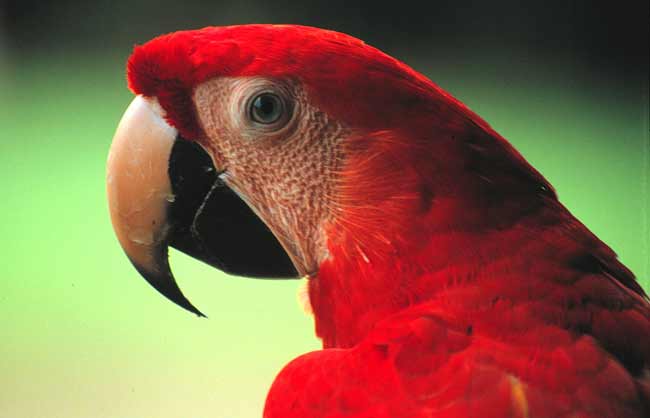Bird Study Reveals 10 Things You Didn't Know

Birds are among the most studied and openly stalked animals (by binocular-clad humans), but scientists have just discovered a flock of unexpected new avian facts, based on an analysis of genetic data that yielded an evolutionary tree full of surprises.
The results of this five-year study are so broad that the scientific names of dozens of birds will have to be changed in biology textbooks and birdwatchers' field guides.
"With this study, we learned two major things," said researcher Sushma Reddy, a postdoctoral fellow at the Field Museum in Chicago. "First, appearances can be deceiving. Birds that look or act similar are not necessarily related. Second, much of bird classification and conventional wisdom on the evolutionary relationships of birds is wrong."
Thanks to the study, here are 10 new things about birds you probably never knew:
1. Hummingbirds, colorful daytime birds, evolved from drab nocturnal birds called nightjars.
2. Perching birds (the largest order of living birds, including cardinals, orioles, crows, ravens, jays, swallows, sparrows, kinglets, weavers, chickadees, nuthatches and wrens) are closely related to parrots and falcons.
3. Flamingos and some other aquatic birds, such as grebes (freshwater diving birds) and tropicbirds (white, swift-flying ocean birds), did not evolve from waterbirds. This suggests that birds have adapted to life on water multiple times.
Sign up for the Live Science daily newsletter now
Get the world’s most fascinating discoveries delivered straight to your inbox.
4. Woodpeckers, hawks, owls and hornbills look very different, but they are all closely related to perching birds.
5. Vultures, previously thought to be closely related to storks, are actually members of a group called land birds.
6. Falcons are not closely related to hawks and eagles, as was previously thought.
7. Shorebirds are not the most primitive birds (or most basal, or at base of evolutionary tree, as biologists prefer to say), which refutes the widely held view that they gave rise to all modern birds.
8. Owls, parrots and doves have few, if any, living intermediate forms linking them to other well-defined groups of birds, making it difficult to determine their evolutionary relationships.
9. Tropicbirds are not closely related to pelicans and waterbirds. In fact, bird lifestyles, such as being noctural or raptorial or ocean-going, have evolved several times, not just in one family group.
10. Birds have had a complex evolutionary history after an early and rapid explosion of species that occurred sometime between 65 million and 100 million years ago.
A total of 18 scientists, from the Field Museum, University of Florida, Gainesville, University of California, Berkeley, and Stellenbosch University in South Africa, among others, participated in the research. The results are detailed in the June 27 issue of the journal Science.
There are an estimated 82 million birdwatchers in the United States, making it the country's second most popular hobby. Gardening comes in first.
- Video: Extraordinary Birds
- Gallery: Rare and Exotic Birds
- Birds of Prey: Spot Today's Dinosaurs
Robin Lloyd was a senior editor at Space.com and Live Science from 2007 to 2009. She holds a B.A. degree in sociology from Smith College and a Ph.D. and M.A. degree in sociology from the University of California at Santa Barbara. She is currently a freelance science writer based in New York City and a contributing editor at Scientific American, as well as an adjunct professor at New York University's Science, Health and Environmental Reporting Program.










